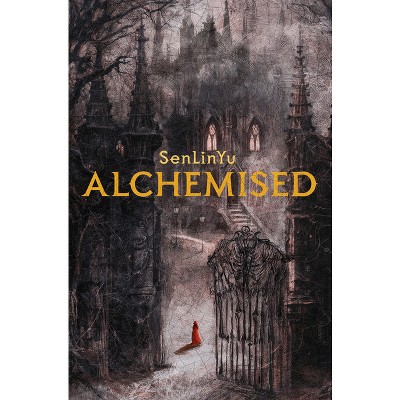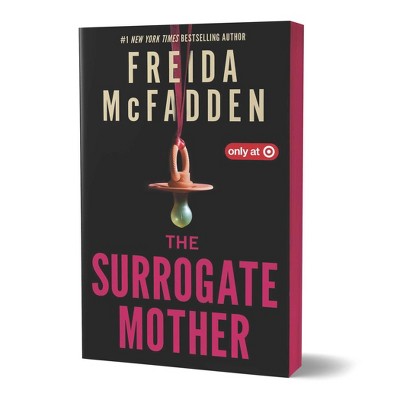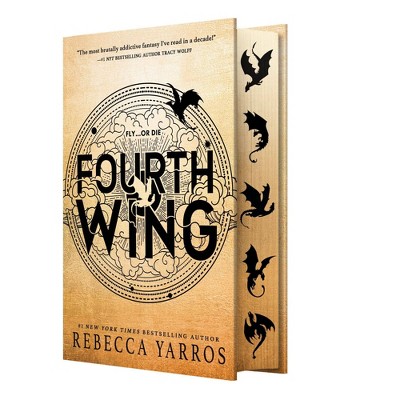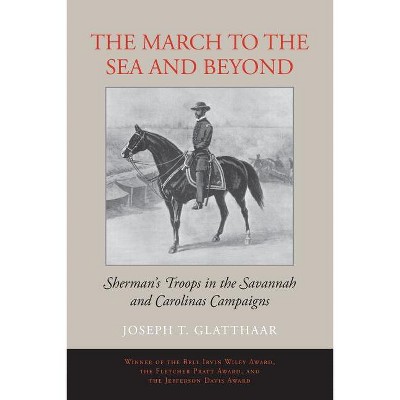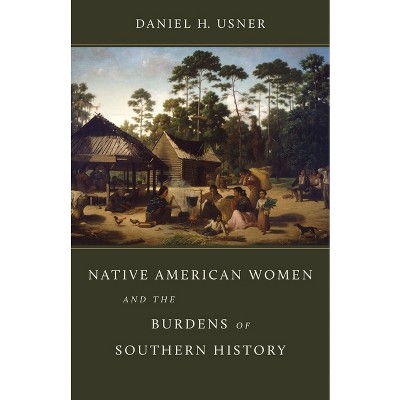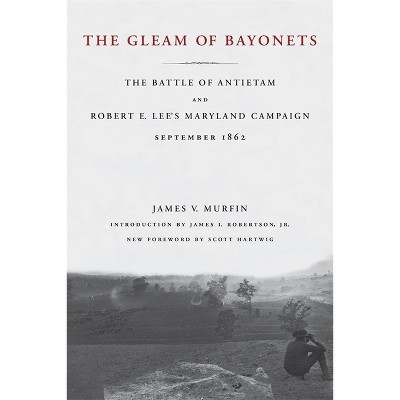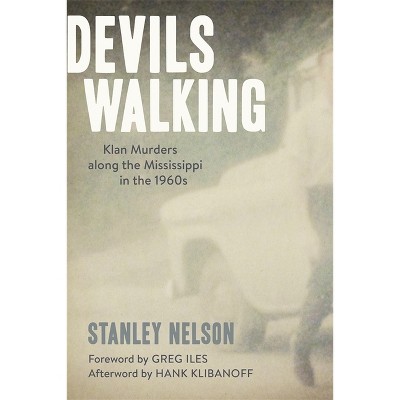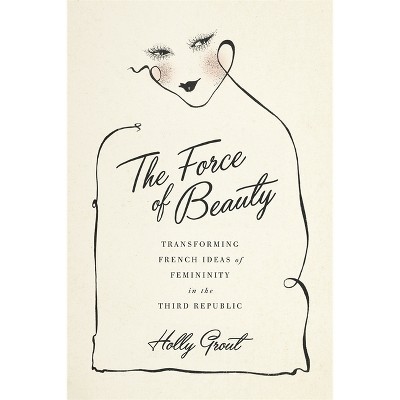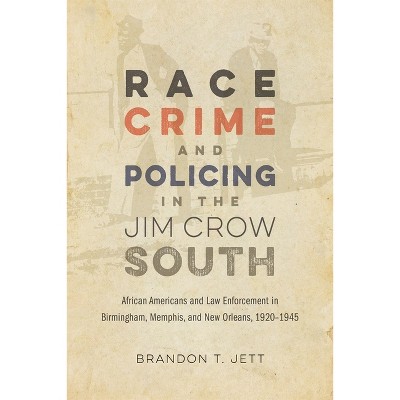Sponsored

A Way to Live Now - by John Fenstermaker (Hardcover)
In Stock
Sponsored
About this item
Highlights
- A Way to Live Now juxtaposes the dual roles of fiction writer and journalist throughout the career of Ernest Hemingway.
- About the Author: John Fenstermaker is the Fred L. Standley Professor of English and Distinguished Teacher, Emeritus, at Florida State University.
- 256 Pages
- Literary Criticism, American
Description
About the Book
"A Way to Live Now juxtaposes the dual roles of fiction writer and journalist throughout the career of Ernest Hemingway. Focusing on the author's appearances in Esquire over forty years, John Fenstermaker traces the evolving nature of Hemingway's presence in its pages: first as the author of twenty-five essays (1933-1936) and six short stories (1936-1939), then as a popular subject for interactions among editors, subscribers, and critics (1933-1961), a process that continued posthumously with reprintings, miscellanea, and reader commentaries (1961-1973). Developing a friendship and correspondence with founding editor Arnold Gingrich, Hemingway contributed to twenty-eight of the magazine's first thirty-three issues, including classic pieces such as "On the Blue Water" and "The Snows of Kilimanjaro." Through Esquire, Fenstermaker finds a portal for tracing a documentary record of Hemingway as both writer and public figure. Filled with incisive commentaries on his roles as reporter, essayist, and fiction writer, A Way to Live Now: How Journalism Shaped Ernest Hemingway offers new perspectives on the eventful life and work of one of the twentieth century's most influential authors and complicated personalities"--Book Synopsis
A Way to Live Now juxtaposes the dual roles of fiction writer and journalist throughout the career of Ernest Hemingway. Focusing on the author's appearances in Esquire over forty years, John Fenstermaker traces the evolving nature of Hemingway's presence in its pages: first as the author of twenty-five essays (1933-1936) and six short stories (1936-1939), then as a popular subject for interactions among editors, subscribers, and critics (1933-1961), a process that continued posthumously with reprintings, miscellanea, and reader commentaries (1961-1973). Developing a friendship and correspondence with founding editor Arnold Gingrich, Hemingway contributed to twenty-eight of the magazine's first thirty-three issues, including classic pieces such as "On the Blue Water" and "The Snows of Kilimanjaro." Through Esquire, Fenstermaker finds a portal for tracing a documentary record of Hemingway as both writer and public figure.
Filled with incisive commentaries on his roles as reporter, essayist, and fiction writer, A Way to Live Now: How Journalism Shaped Ernest Hemingway offers new perspectives on the eventful life and work of one of the twentieth century's most influential authors and complicated personalities.Review Quotes
"Richly researched, this book provides a close examination of the relationship between journalism and fiction in the works of an author writing at the top of his craft in both genres. A welcome addition to Hemingway studies. Recommended."--CHOICE
"Fenstermaker neatly integrates Hemingway's multiple voices, as found in his personal letters and his journalism, to reveal how, in both his creative fiction and nonfiction, he emerged triumphantly as the 'Father of Modern American Prose.'"--Linda Patterson Miller, chair of the Editorial Advisory Board for the Cambridge Edition of The Letters of Ernest Hemingway
"John Fenstermaker emphasizes the importance of journalism as he reviews the life of Ernest Hemingway. Without journalism, Hemingway may not have discovered the 'one true sentence' that led him to write short stories and novels that continue to be admired and read."--Joseph M. Flora, author of Hemingway's Nick Adams
"What makes Hemingway Hemingway? How did he come to fame? Are women flat characters in his fiction? (Definitely not!) These are some of the issues Fenstermaker examines in this insightful and well-researched book. Of particular note is his look at the part Esquire played in bringing to light one of America's greatest writers."--Christine Peterson, professor emerita of English, Northern Illinois University
About the Author
John Fenstermaker is the Fred L. Standley Professor of English and Distinguished Teacher, Emeritus, at Florida State University.Shipping details
Return details
Trending Poetry
